THE LAST SHANGRI-LA
Lo Manthang, Kingdom of Lo, Mustang, Nepal. “Shangri-La” is, of course imaginary, the fictional invention of an “earthly paradise” by author James Hilton in his 1933 novel Lost Horizon.
Shangri-La in the minds of millions epitomizes the spiritual serenity and wisdom of the exotic Orient, which means few have actually read the book, for the Shangri-La monastery was founded by a Catholic monk named Perrault from Luxembourg in the early 1700s. He is still the High Lama, 250 years old, who mentors the book’s hero Hugh Conway.
Conway is the British consul in Afghanistan. It is May 1931 and due to a revolution, he and a number of other foreigners are being evacuated to Peshawar (now in Pakistan near the Afghan border) in a plane supplied by a maharajah. For reasons never made clear, the plane is hijacked and flown over the Himalayas to the Kunlun mountains of far western Tibet where it crashes. The survivors are rescued and taken to Shangri-La.
Thus, even though Hilton used the descriptions of explorer Joseph Rock in his National Geographic articles in the 1920s of the borderlands of far eastern Tibet, it’s clear that the imaginary location of Hilton’s Shangri-La cannot be 2,000 miles on the other side of Tibet from the Kunlun.
That of course did not stop the Chicoms from capitalizing (note the irony) on the famous name and story, legally renaming the town and monastery of Zhongdian in northern Yunnan province “Shangri-La.” Yes, Zhongdian is now officially named Shangri-La City. I visited it in 2001 on an overland expedition from Kunming to Lhasa across eastern Tibet.
Among the many bizarre uses of the name was made by crackpot heiress Doris Duke (1912-1980), who created the “Shangri-La Center for Islamic Arts and Cultures” in Honolulu. The added emphasis is because James Hilton’s Shangri-La has nothing whatever to do with Islam.
Let’s face it – it’s hard to imagine Mohammed’s Islam creating anything remotely resembling an “earthly paradise.” Many, however, can imagine Buddha or the Dalai Lama doing so. That’s why the Tibetan Kingdom of Lo with its 600 year-old medieval walled capital city of Lo Manthang in an almost inaccessibly remote region of Nepal called Mustang, on the border with Chinese-occupied Tibet, is so often described as the real, or the last, Shangri-La.
National Geographic magazine did so in 2009. The BBC did the same in “Nepal’s Hidden Shangri-La” in 2012. And sure enough, this is the last place of almost untouched traditional Tibetan culture left on earth. The Chicoms have turned their colony of Tibet into a totally-controlled Tibetan theme park for Chinese tourists.
We are the first travelers to Lo who have arrived here driving by 4WD jeep. Everyone else walks here, taking up to a week over an extremely rugged trail at an altitude of 10 to 13,000 feet. It certainly was the roughest bone-shattering drive I’ve been on. But without any doubt worth it.
It is a place of unbelievably spectacular geology, like one Grand Canyon after another. The ancient Tibetan Buddhist monasteries are breathtaking. The Lo-pa or “people of Lo” are deeply religious, deeply open and friendly, deeply peaceful and benevolent, deeply content with their lives. And they believe in freedom – the anti-Chicom flag of Free Tibet is everywhere.
But is it such an earthly paradise that you would want to live here? No. Besides living so utterly isolated from the rest of the world with very few “mod-cons” (modern conveniences of daily life), you’d also be living in that four-letter word that Zero is so full of.
The Lo-pa live with their animals. You might be able to handle sheep pellets, albeit they are in uncountable numbers. The cattle cowpies splattered along every alley in Lo Manthang is another matter. Any walk you take in the ancient walled city is a hopscotch.
The Lo-pa are poor subsistence farmers and herders. Theirs is not an existence to yearn for, however much we may marvel at and feel affectionate towards them.
The search for an earthly paradise, a Shangri-La, is often embarked upon by mystics, romantics, and explorers. Their search always ends up in a place such as this. It can be thrilling and inspiring in many ways, but the reality of living knee-deep in dung is not.
Thus the Kingdom of Lo is not Shangri-La. Is there another? One place left on our planet, the Last Shangri-La?
Yes, there is. It is a vision like all Shangri-Las, but the one that has come closest to actual reality in all human history. You’re living in it now. It’s called America. And it’s almost gone with the wind.
This can bring us to tears. The greatest, most moral, most free, most prosperous nation being tossed into the ash heap of history by its own people. But tears don’t matter. Anguish and gnashing of teeth don’t matter. All that matters is it is not yet too late.
The evil-doers amongst us dedicated to destroying America are now focusing on destroying themselves. The Dems are dividing into two Hatfield-McCoy enemy camps, Hillary’s Clintonistas and the Obamunists led by Zero’s stooge SloJoe. With swords now drawn, they have no choice but to slit each others’ throats. The resulting carnage will be a beautiful sight.
The vast majority of voting Americans loathe and despise what Zero and the Dems have done to their country. Wiping the electoral slate clean of them 14 months from now should be duck-soup. It won’t be of course, given the Dem’s intention to vote-fraud their way to victory and many conservatives engaging in Trumpmania, their version of the Dems’ 2008 Obamania.
That’s a lethal combo for saving America. Yet it can be avoided with reason over emotion and determination to prevent it. We are living in the Last Shangri-La. It’s Do or Die time to save it. It’s both in our deepest personal interests and our deepest moral obligation to do whatever we can to do and not die.
Ps: Here’s a small sample of Lo:



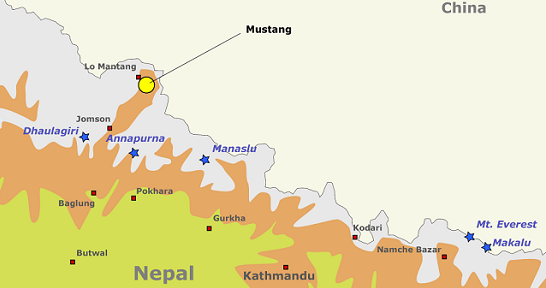
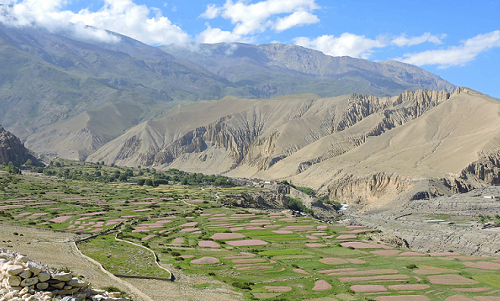

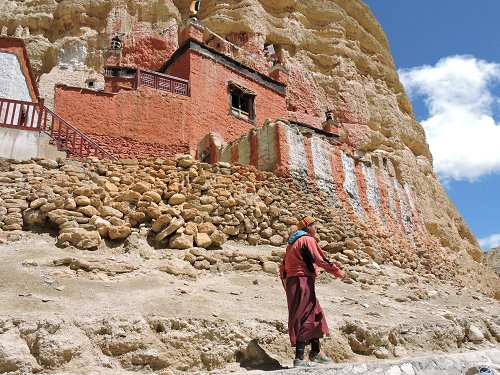
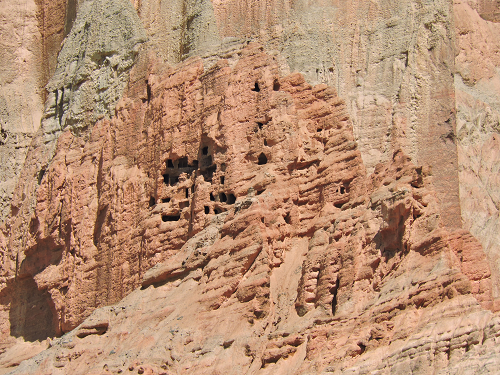
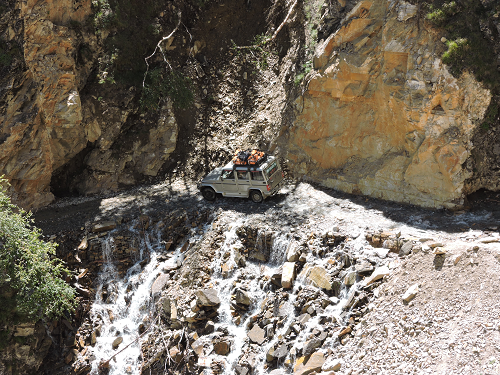
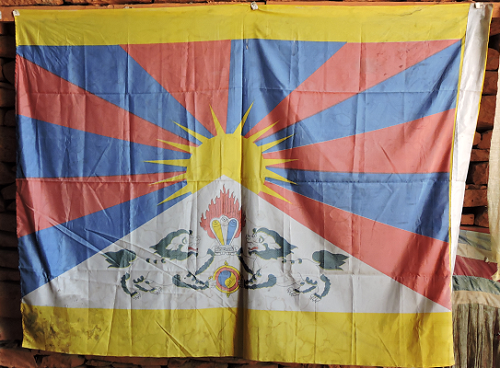

 Join the forum discussion on this post
Join the forum discussion on this post